Roti is indeed a staple food in India. It is a traditional flatbread made from whole wheat flour known as "atta." Rotis are a common part of everyday meals in many Indian households and are often served alongside various curries, vegetables, lentils, or yogurt. Since it is one food item that is prepared almost daily, you need to have the best tawa for roti.
Table of Contents
How To Select The Best Tawa For Roti?
When selecting the ideal tawa for roti, you'll have several factors to consider. Here are a few prominent alternatives:
Cast Iron Tawa: Many users claim that cast iron is the best tawa for roti as it is known for its excellent heat retention and even heat distribution. A cast iron tawa can provide consistent heat, resulting in well-cooked rotis. It may require some initial seasoning and maintenance, but it can last for generations if properly cared for.
Non-Stick Tawa: Non-stick is also considered as the best tawa for roti. It is convenient to use as it requires less oil or ghee for cooking rotis. Non stick tawas are easier to clean and maintain compared to cast iron tawas. Look for a high-quality non-stick coating that can withstand high temperatures without peeling off.
Hard-Anodized Tawa: Hard-anodized tawa is easily the best tawa for roti as the aluminum tawa is lightweight and offers excellent heat conduction. Hard-anodized tawa is durable, scratch-resistant, and has a non-stick surface. Ensure that the tawa has a sturdy base to prevent warping.
Stainless Steel Tawa: Stainless steel tawa is also considered as the best tawa for roti. It is durable, easy to clean, and offers good heat conduction. Look for a heavy-bottomed stainless steel tawa for better heat retention.
Which Is The Best Tawa For Roti?
Here's a comparison of cast iron tawas, non-stick tawas, hard-anodized tawas, and stainless steel tawas. Check this out to find the best tawa for roti.
Cast Iron Tawa:
- Pros: Excellent heat retention and distribution, provides even cooking, durable, can last for generations, can be used for various types of cooking, adds flavor to food, can be used on both gas stoves and induction cooktops.
- Cons: Requires seasoning and maintenance, relatively heavy, takes longer to heat up, may rust if not properly cared for, requires a slightly higher amount of oil/ghee for cooking.
Non-Stick Tawa:
- Pros: Convenient to use, requires less oil/ghee for cooking, easy to clean, food items don’t stick to the surface, lightweight, heats up quickly, available in various sizes and designs, compatible with gas stoves and induction cooktops.
- Cons: Non-stick coating may wear off over time, may need to be replaced periodically, can't be used with metal utensils or high heat, may release potentially harmful fumes if overheated.
Hard-Anodized Tawa:
- Pros: Lightweight, excellent heat conduction, scratch-resistant surface, long-lasting, non-reactive with acidic foods, requires less oil/ghee for cooking, compatible with gas stoves and induction cooktops, easy to clean.
- Cons: Can't be used with metal utensils, may develop hotspots if not of good quality, slightly higher cost compared to other options.
Stainless Steel Tawa:
- Pros: Durable, easy to clean, good heat conduction, compatible with gas stoves and induction cooktops, versatile (can be used for other cooking tasks), doesn't react with acidic ingredients, lightweight.
- Cons: May require more oil/ghee for cooking, uneven heat distribution (unless it has a thick, layered base), food may stick if not properly greased, may take longer to heat up compared to other materials.
Comparison Between Hard Anodized And Stainless Steel Roti Tawa:
Both stainless steel and hard-anodized roti tawas have their own advantages and considerations. Here's helping you choose the best tawa for roti with a comprehensive differentiation:
Stainless Steel Tawa:
- Pros:
- Durable: Stainless steel tawas are known for their longevity and resistance to corrosion.
- Versatility: Stainless steel tawas can be used for various cooking tasks beyond making rotis.
- Compatibility: They are suitable for both gas and induction cooktops.
- Easy maintenance: Stainless steel is comparatively simpler to maintain and handle.
- Cons:
- Uneven heat distribution: Unless the tawa has a layered base or is designed specifically for roti making, it may not distribute heat evenly, resulting in unevenly cooked rotis.
- May require more oil/ghee: Stainless steel tawas can be prone to food sticking, so you might need to use more oil or ghee to prevent sticking.
Hard-Anodized Tawa:
- Pros:
- Lightweight: Hard-anodized tawas are generally lighter compared to stainless steel or cast iron options.
- Excellent heat conduction: They offer efficient heat distribution, ensuring even cooking of rotis.
- Scratch-resistant: The hard-anodized coating provides a durable, scratch-resistant surface.
- Easy to clean: They are typically easy to clean and maintain.
- Compatibility: Hard-anodized tawas can be used on both gas stoves and induction cooktops.
- Cons:
- Can't be used with metal utensils: Hard-anodized tawas are sensitive to metal utensils and can get scratched easily.
- Quality variation: The quality of the hard-anodized coating may vary, so it's important to choose a reputable brand to ensure longevity.
Comparison Between Non Stick And Cast Roti Tawa:
Both non-stick and cast iron tawas have their own advantages and considerations when it comes to making rotis. Here's a breakdown to help you decide:
Non-Stick Tawa:
- Pros:
- Convenience: Non-stick tawas are convenient to use as they require less oil or ghee for cooking rotis.
- Easy to clean: Food doesn't stick to the surface, making it easy to clean the tawa.
- Lightweight: Non-stick tawas are generally lighter compared to cast iron tawas.
- Quick heating: They heat up quickly, reducing the waiting time before you start cooking.
- Versatility: Non-stick tawas can be used for other cooking tasks as well.
- Cons:
- Durability of coating: Non-stick coatings may wear off over time and may need to be replaced periodically.
- Potential health concerns: If the non-stick coating is overheated, it may release potentially harmful fumes. Using high heat or metal utensils can also damage the coating.
Cast Iron Tawa:
- Pros:
- Excellent heat retention: Cast iron tawas retain heat very well, providing even and consistent cooking.
- Durability: Cast iron tawas are known for their long lifespan and can last for generations if properly cared for.
- Adds flavor: Cooking on a seasoned cast iron surface can add a unique flavor to rotis.
- Versatility: Cast iron tawas can be used for various cooking tasks.
- Cons:
- Requires seasoning and maintenance: Cast iron tawas need to be seasoned before use and require regular maintenance to prevent rust and maintain their seasoning.
- Heavy: Cast iron tawas tend to be heavier compared to non-stick tawas.
- Heats slowly: Cast iron tawa typically heats slowly in comparison to non-stick tawas.
Which Is The Best Tawa For Roti?
This depends on your personal preferences and cooking style. You should consider factors like heat distribution, maintenance, weight, and compatibility with your cooktop when making your decision. If you prefer convenience and easy maintenance, a non-stick tawa might be suitable. If you enjoy traditional cooking methods, durability, and flavor enhancement, a cast iron tawa could be the right choice.

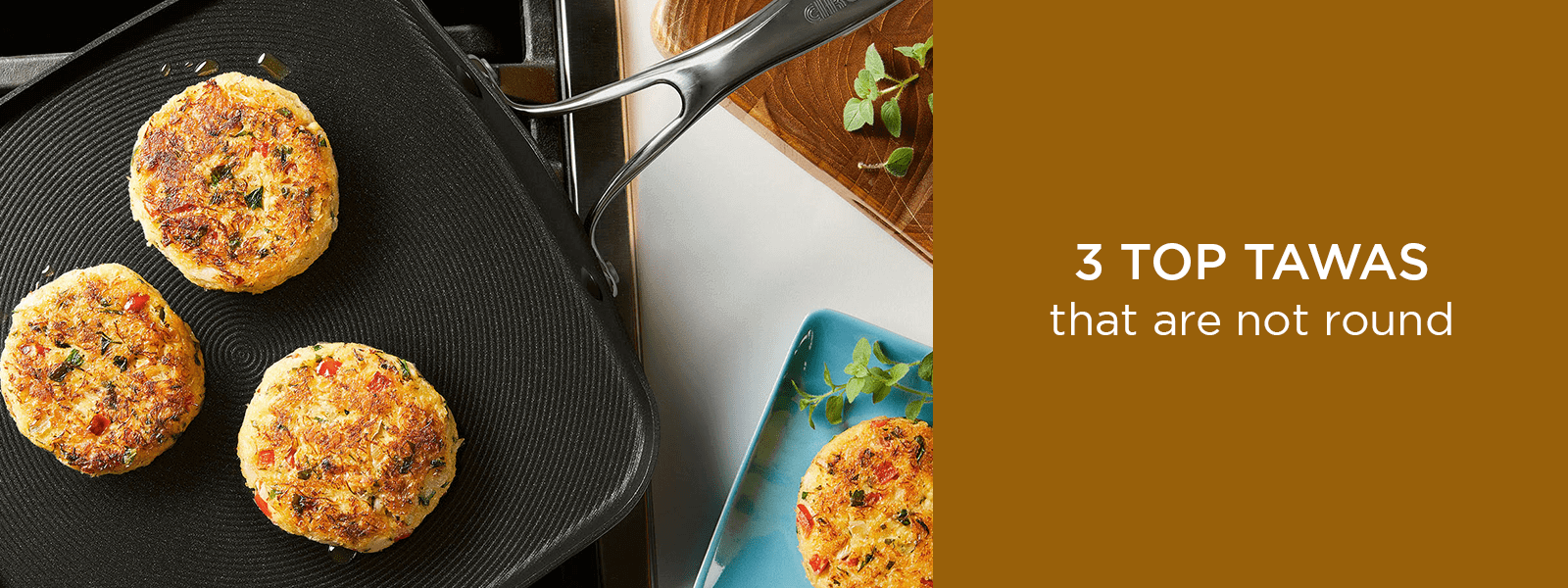
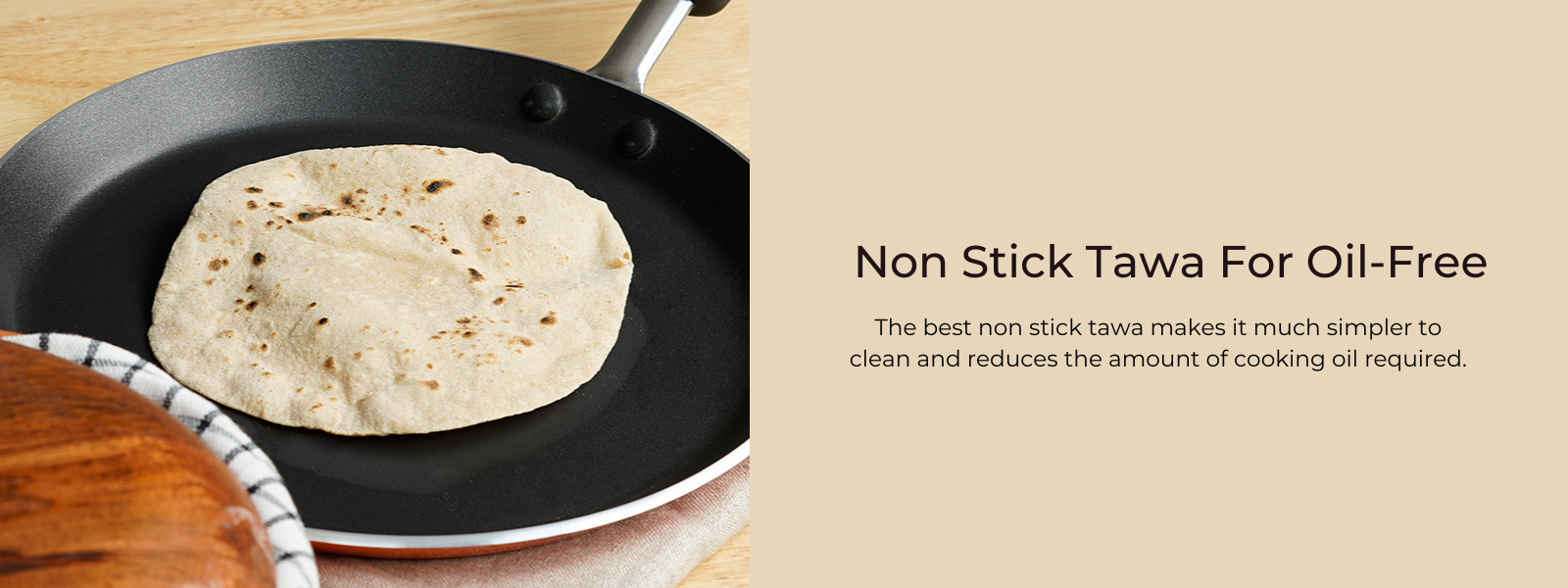

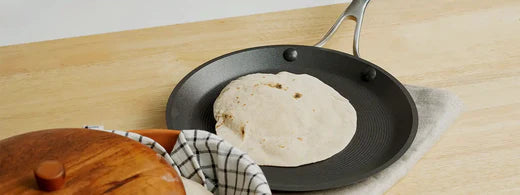
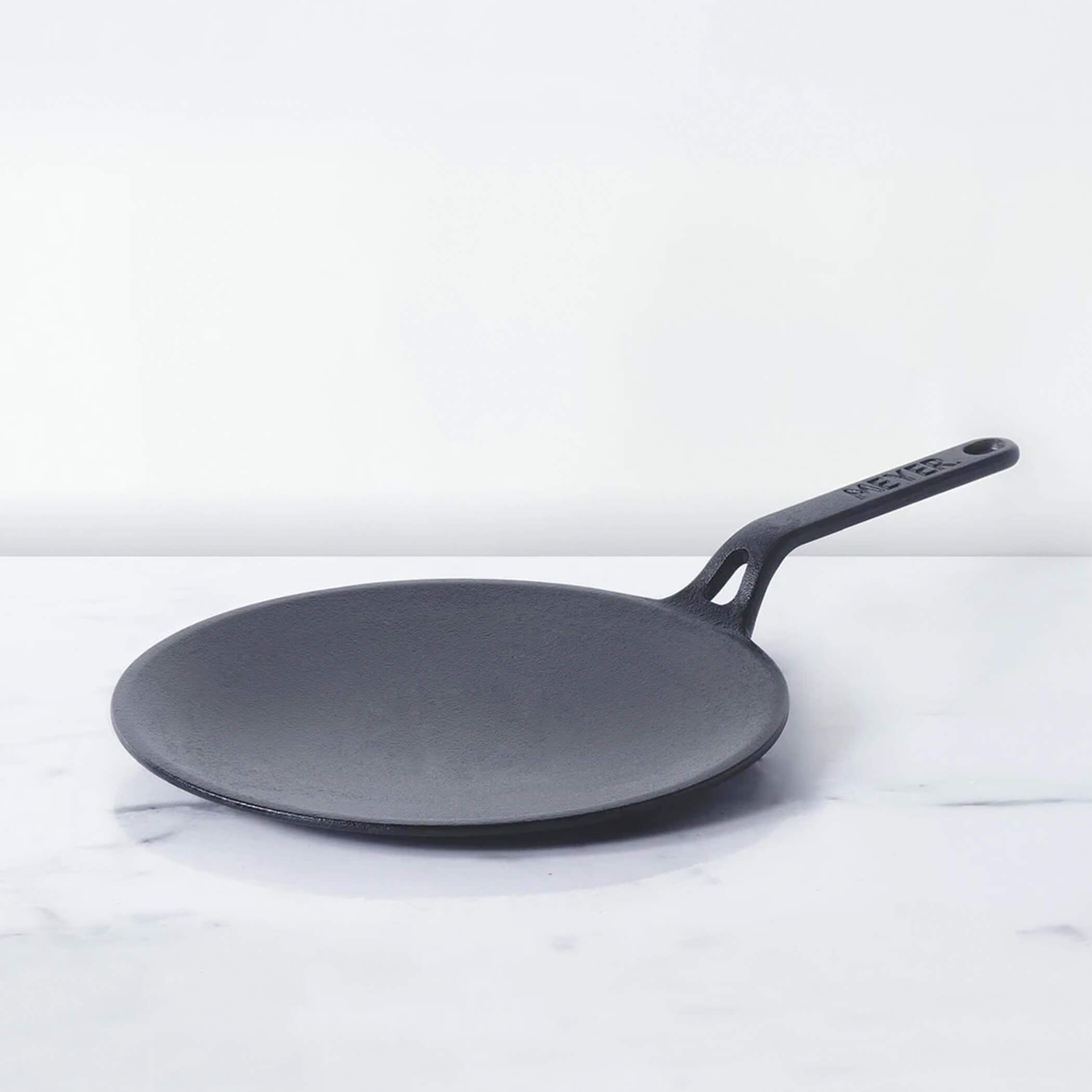
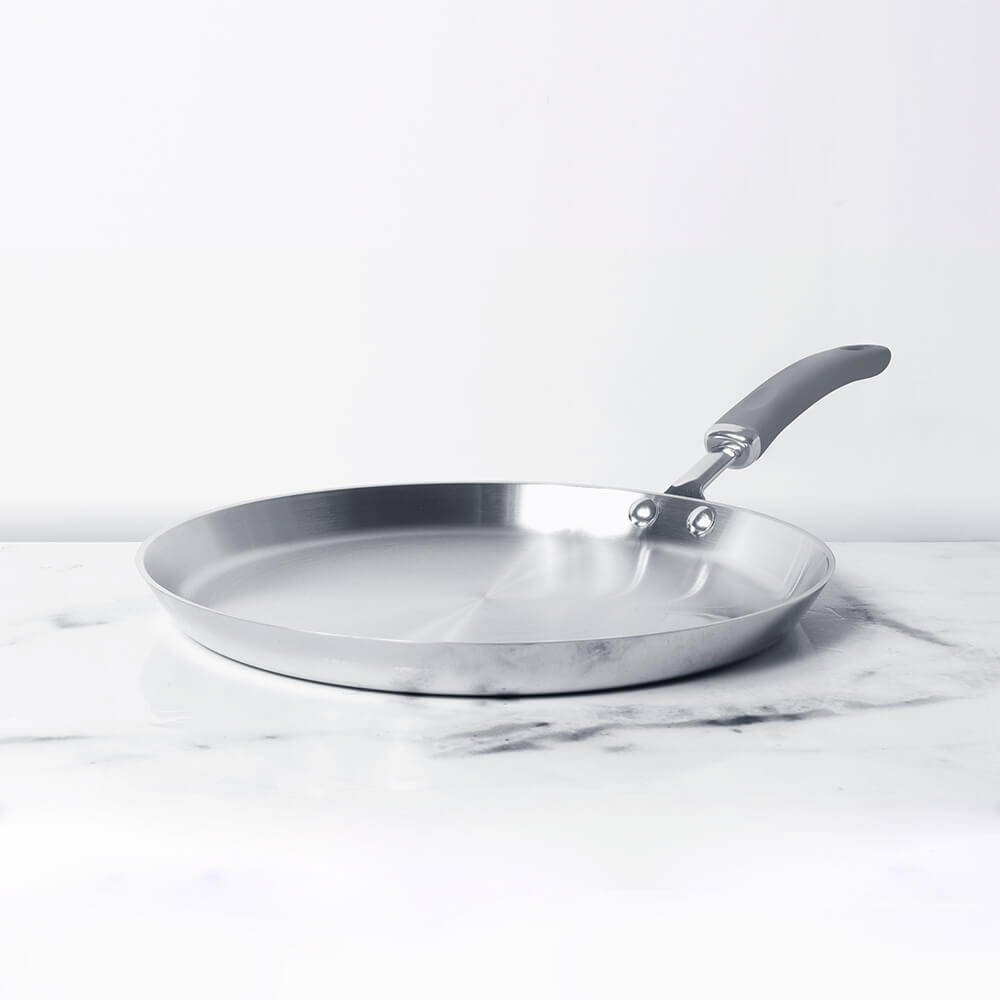




Leave a comment